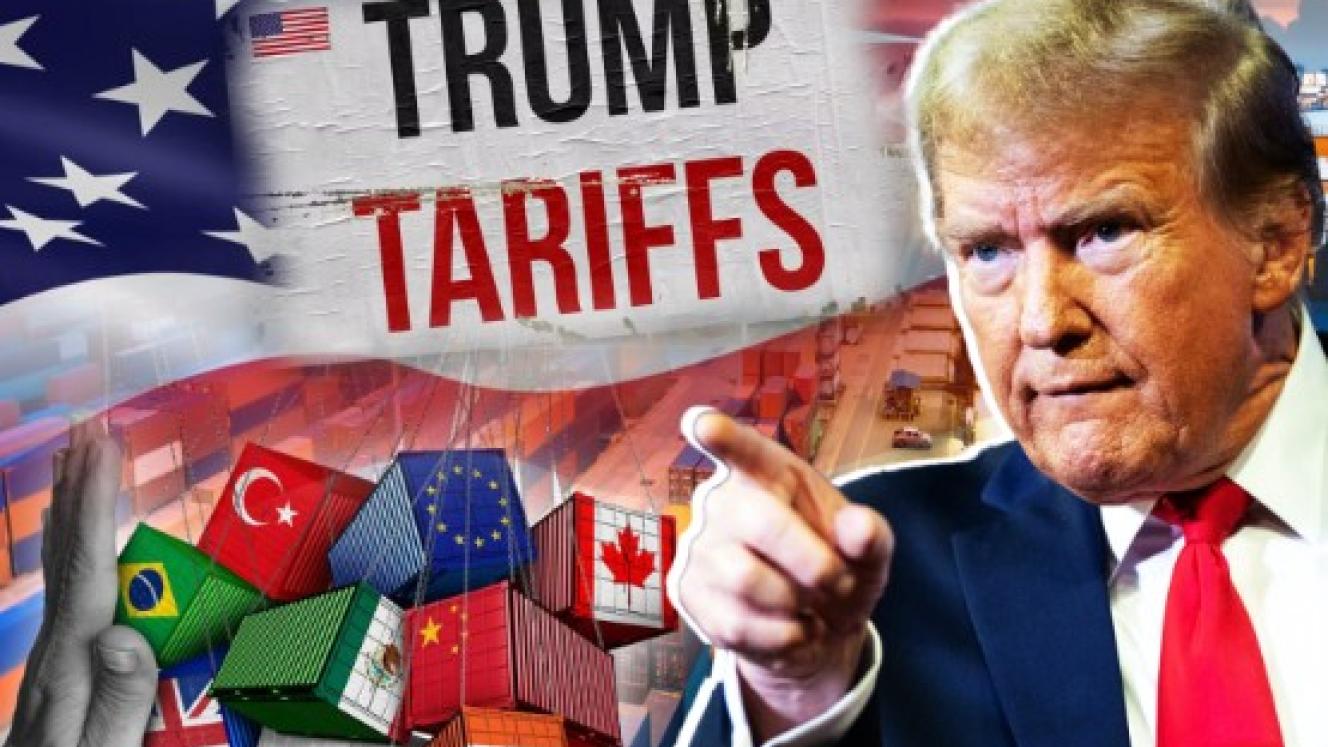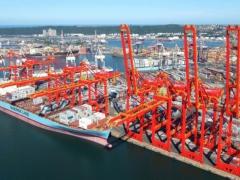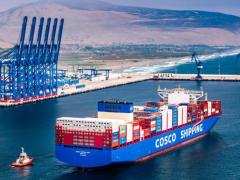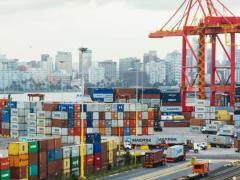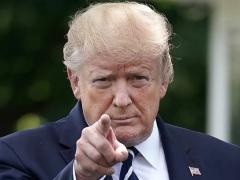Shippers dealing with the United States are advised to sift through a 36-page document listing up to 900 specific commodities that are now exempt from ‘reciprocal’ tariffs as stipulated by the Harmonized Tariff Schedule of the US (HTSUS).
Lars Jensen, CEO and founder of Vespucci Maritime consultancy, says: “The commodities are mainly, but not only, various minerals and other industrial chemicals and materials.”
In addition, it also includes “other types of goods such as plywood, medical components, books, electric components and others”.
Jensen points out that an irony of the exemptions contained in the latest Executive Order (EO) issued by US President Donald Trump, is that it contains four types of fentanyl, the opioid painkiller that is at the centre of a drug-smuggling spat between the US and its two direct neighbours, Canada and Mexico.
The EO also includes a list of commodities that might soon be exempt from the ‘Trump tariffs’ first announced in April.
The potential exemption of the commodities is subject to negotiations with various trading partners.
What’s more is that the EO also specifically states that any actual exemptions that might be forthcoming might be different to the 36-page annexure to the HTSUS, Jensen says.
“What purpose the list serves is therefore quite unclear.” While the tariff uncertainty with the US continues, cargo loading grew global demand to 5.1% in July, despite US trade feeling the weight of shifting supply chain dynamics.
According Vespucci, Container Trade Statistics (CTS) shows that Far East to North America volumes declined by 3% – the fourth consecutive month of declining volumes on this trade.
“Specifically for China to US, CTS reported volumes down 15% year-on-year in July,” Jensen says.
“This followed the very brief spike in late May/early June.
“The US volumes can be contrasted with other main trades such as Far East to Europe, which was up some 10% and Far East to South America which was up some 13%.”
According to Jensen’s analysis, it would appear that the pattern continues wherein the impact of the US trade war is mainly on the US itself, whereas trade continues to be in good shape elsewhere.
- In other tariff news, please see what Shepstone & Wylie Attorneys have to say about Itac’s steel import duty in our Customs Buzz section.
